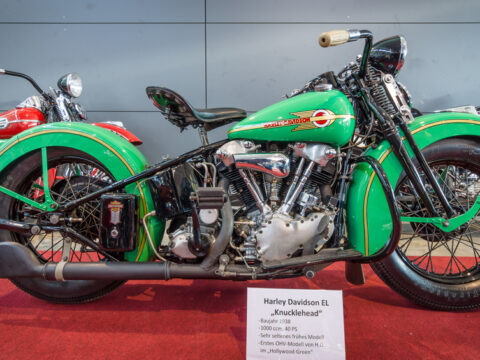When it comes to vintage race cars, some legendary names immediately come to mind, but there are others that quietly carved their place in racing history. These underrated vehicles may not have the fame of their more celebrated counterparts, but their performance on the track was nothing short of remarkable. In this list, we’ll explore 25 vintage race cars that, despite flying under the radar, dominated the competition and left a lasting impact on the racing world.
Contents
Alfa Romeo Tipo 33/2
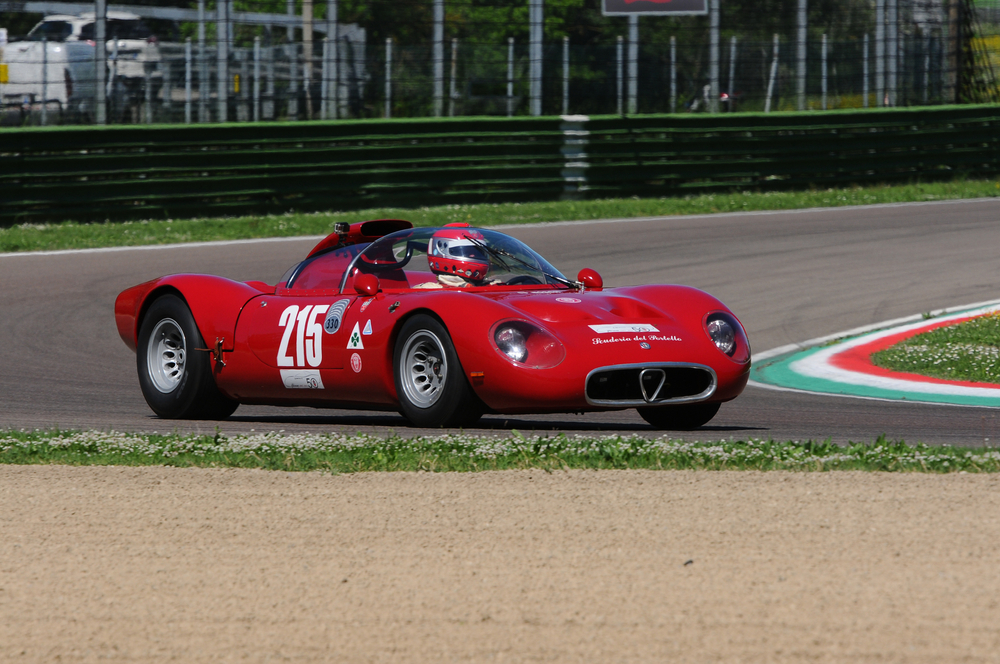
The Alfa Romeo Tipo 33/2 was a lightweight sports prototype that made its mark in endurance racing. Powered by a 2.0-liter V8 engine, it delivered 270 horsepower, which, combined with its aerodynamic body, made it a formidable competitor. Its success at the 1968 Targa Florio and 1968 Daytona 24 Hours proved that it could stand toe-to-toe with much more powerful cars, earning it a spot in racing history despite being often overshadowed by other Alfa models.
Sunbeam Tiger
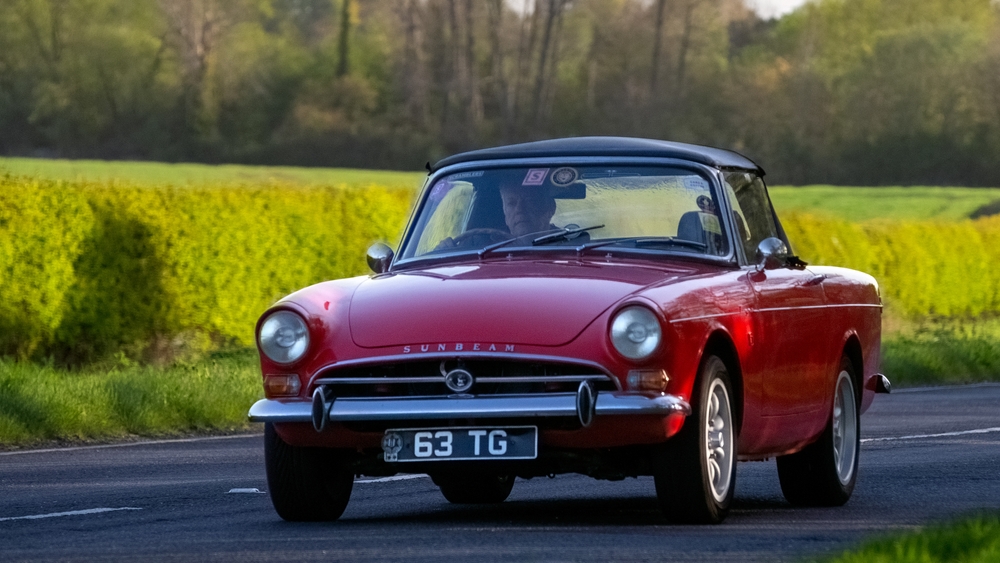
The Sunbeam Tiger, a British roadster fitted with a Ford V8 engine, was a true underdog. While it might not have the sleek looks of a Ferrari or Porsche, its 4.3-liter engine provided incredible power, propelling the lightweight chassis with ease. The Tiger’s success in rallying and circuit racing showcased its versatility and speed, making it a sleeper hit that could outpace far more expensive and sophisticated competitors.
Ford Escort RS1600

The Ford Escort RS1600 is a car that took the rally world by storm in the late 1960s and early 1970s. Its 1.6-liter Cosworth BDA engine produced 120 horsepower, which, coupled with its lightweight body and rear-wheel-drive layout, made it an agile and competitive racer. It achieved numerous victories in rally championships across Europe, often outperforming more powerful rivals, securing its place as a racing icon.
Lancia Fulvia HF
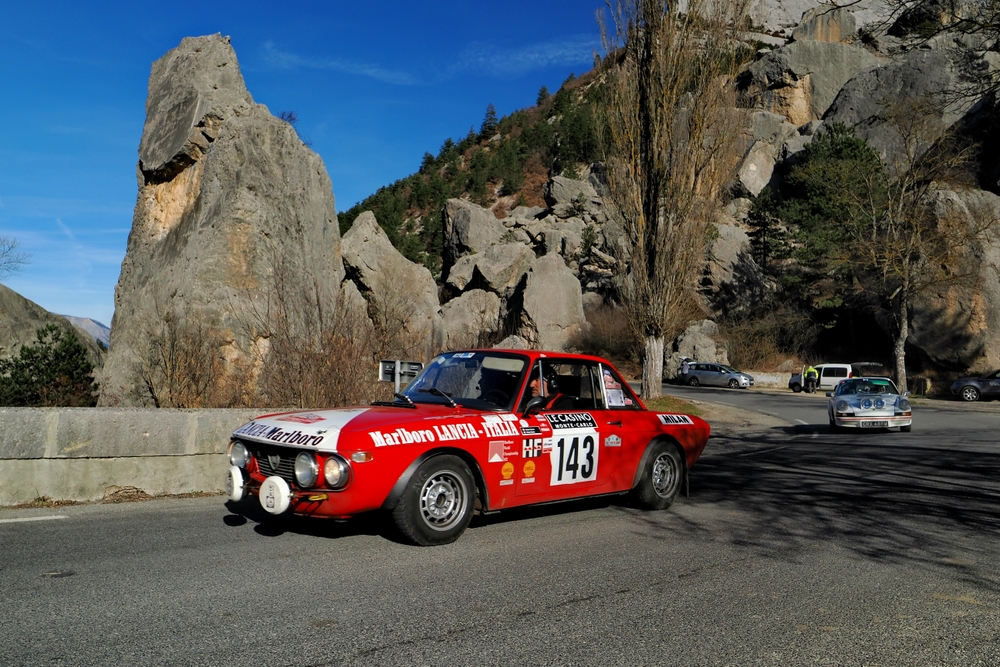
The Lancia Fulvia HF was a compact sedan that defied expectations with its front-wheel-drive setup and 1.6-liter V4 engine. It might not have looked like a typical rally car, but its success in the International Rally Championship, including a win at the 1972 Monte Carlo Rally, proved its mettle. The Fulvia HF’s precise handling and surprising power made it a tough competitor against more traditionally engineered race cars.
BMW 2002 Turbo
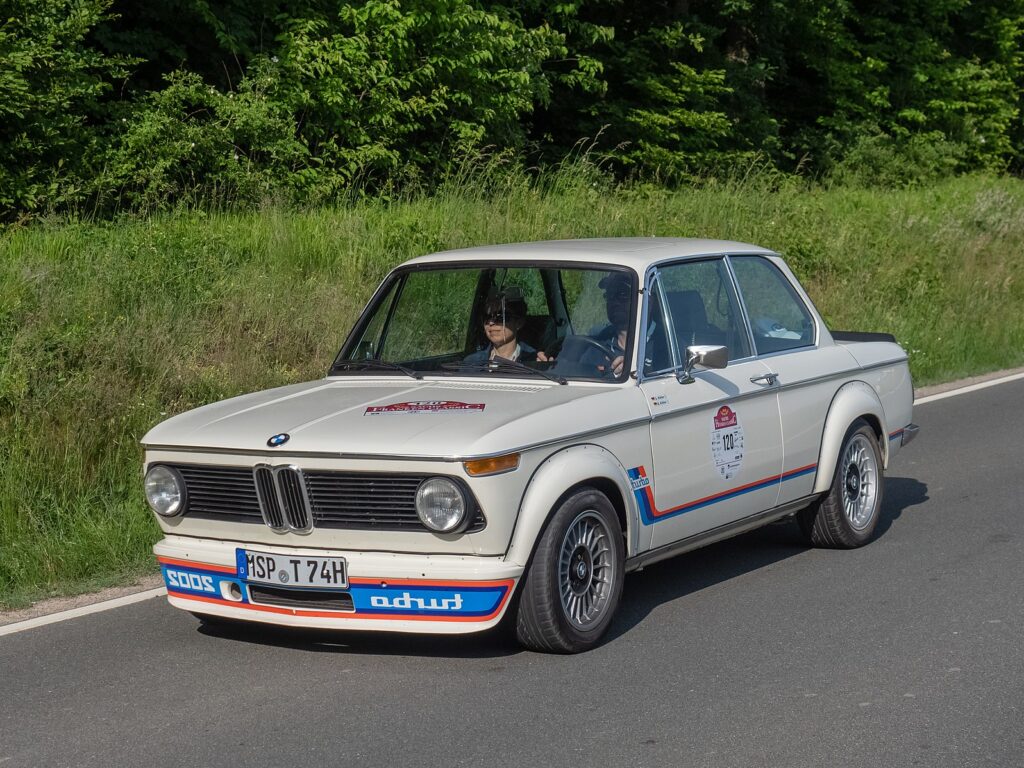
The BMW 2002 Turbo was one of the first turbocharged production cars, and it took the racing world by surprise with its performance. With a 2.0-liter turbocharged engine producing 170 horsepower, it was fast and agile. Despite being overshadowed by the more famous BMW 3.0 CSL, the 2002 Turbo made a name for itself in touring car racing, where its speed and handling capabilities made it a winner.
Porsche 904 Carrera GTS
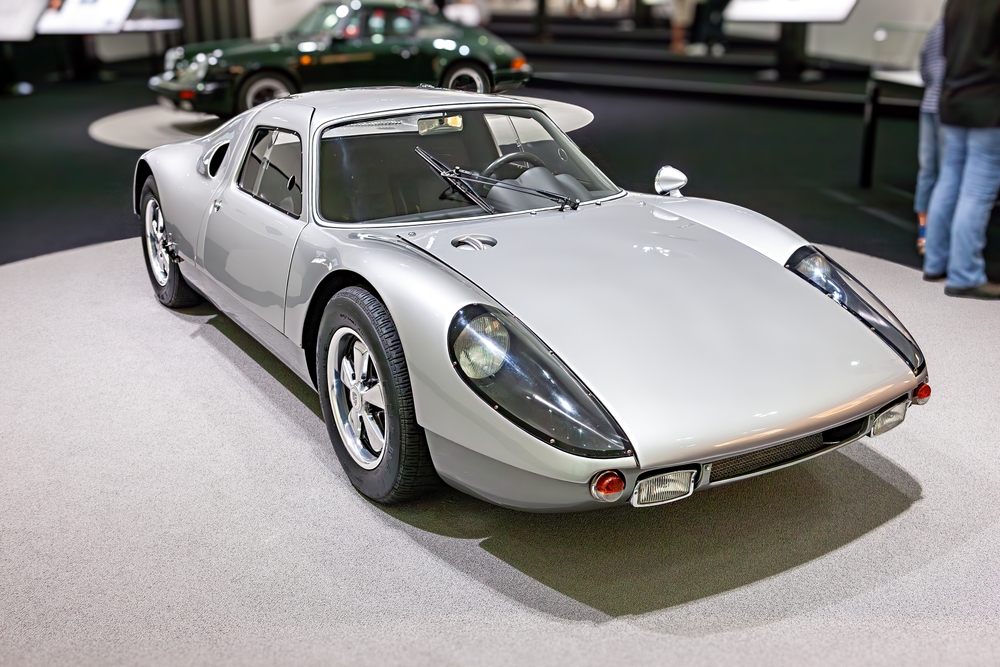
The Porsche 904 Carrera GTS is often overlooked in favor of its more famous siblings, but this mid-engine sports car was a force to be reckoned with in the 1960s. Powered by a 2.0-liter flat-four engine, it produced 180 horsepower, and its lightweight fiberglass body allowed it to dominate in endurance racing. The 904’s victories at the Targa Florio and other significant races cemented its status as a highly underrated racer.
Shelby Cobra Daytona Coupe
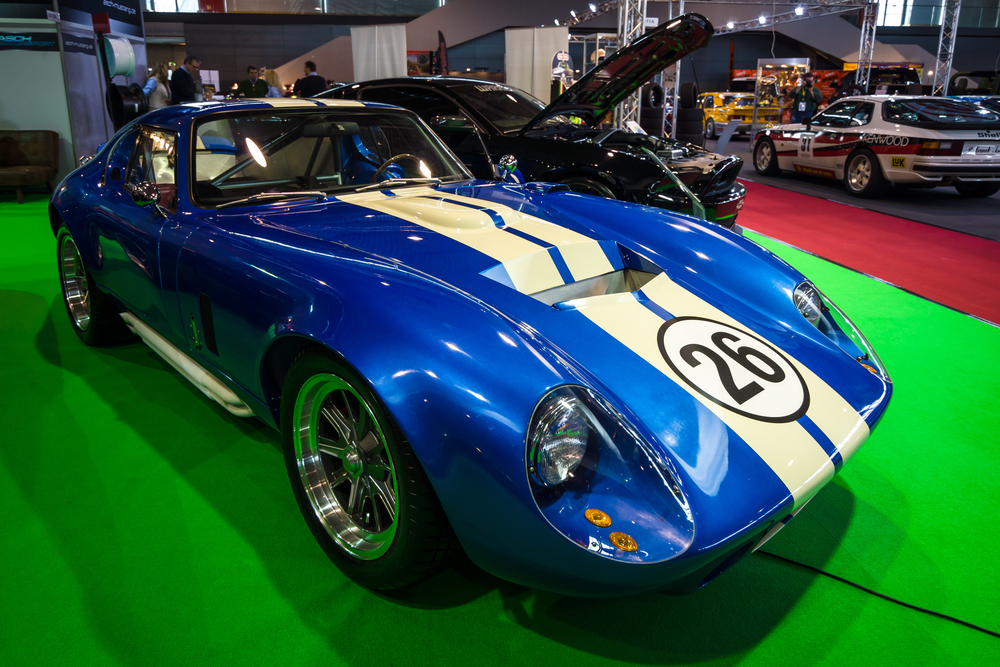
The Shelby Cobra Daytona Coupe was designed with one goal in mind: to beat Ferrari in the FIA World Sportscar Championship. With its 4.7-liter V8 engine producing 385 horsepower, it succeeded, winning the championship in 1965. Despite its success, the Daytona Coupe often sits in the shadow of the open-top Cobra, making it one of the most underrated race cars of its era.
Lotus Elan 26R
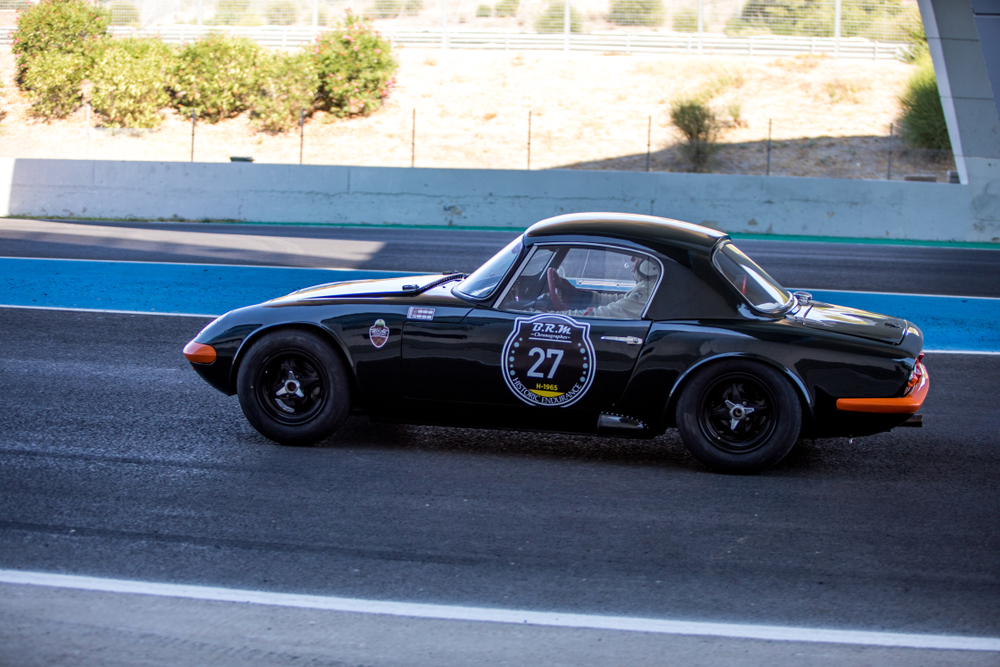
The Lotus Elan 26R was the racing version of the iconic Lotus Elan, and its lightweight construction and nimble handling made it a dominant force in club racing. Powered by a 1.6-liter twin-cam engine, it had around 160 horsepower, but its real strength lay in its agility and balance. The 26R won numerous races and championships in the 1960s, often outperforming more powerful competitors.
Chevron B16
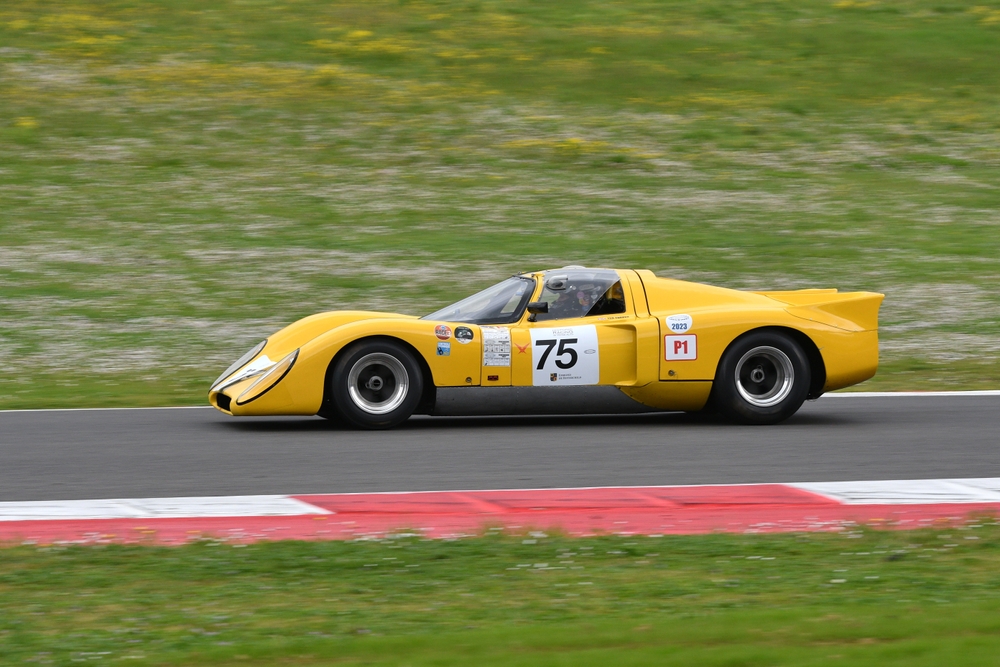
The Chevron B16, with its sleek, aerodynamic design and mid-engine layout, was a formidable contender in sports car racing. It was powered by a 1.6-liter Cosworth engine that produced 200 horsepower, and its lightweight chassis gave it a competitive edge. The B16’s success in European endurance races, including the Nürburgring 1000km, demonstrated its capabilities, though it remains less well-known than it deserves.
Datsun 510

The Datsun 510, often dubbed the “poor man’s BMW,” was a compact sedan that became a legend in Trans-Am racing. Its 1.6-liter engine and rear-wheel-drive layout provided a solid foundation for tuning, allowing it to compete against much more expensive cars. The 510’s unexpected success in the SCCA Trans-Am Series and other racing events solidified its status as an underrated but highly capable racer.
Abarth 1000TC
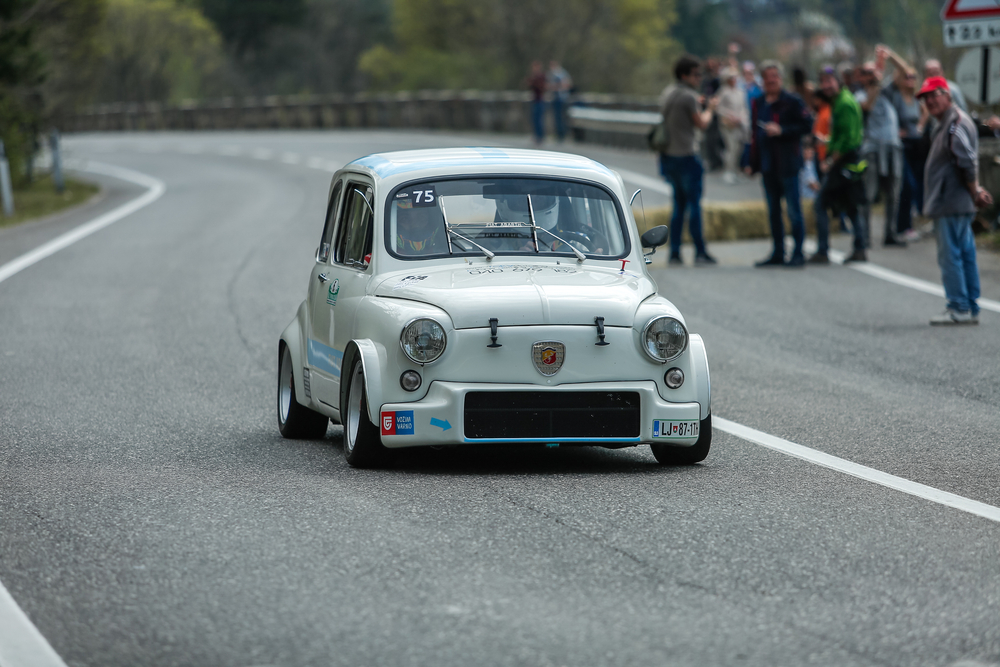
The Abarth 1000TC was a small but mighty competitor in touring car racing, particularly in Europe. Based on the Fiat 600, this car was fitted with a 1.0-liter engine that produced up to 112 horsepower in its most potent form. Despite its modest size, the 1000TC was a giant-killer on the track, frequently beating larger and more powerful cars, making it a true underdog story in motorsport history.
De Tomaso Pantera

The De Tomaso Pantera combined Italian design with American muscle, featuring a 5.8-liter Ford V8 engine that produced 330 horsepower. While it gained some fame as a road car, its racing success is often overlooked. The Pantera competed in endurance races like Le Mans and performed admirably, showcasing its blend of speed and durability. However, it never quite achieved the same recognition as its contemporaries, making it an underrated racer.
Maserati 250F
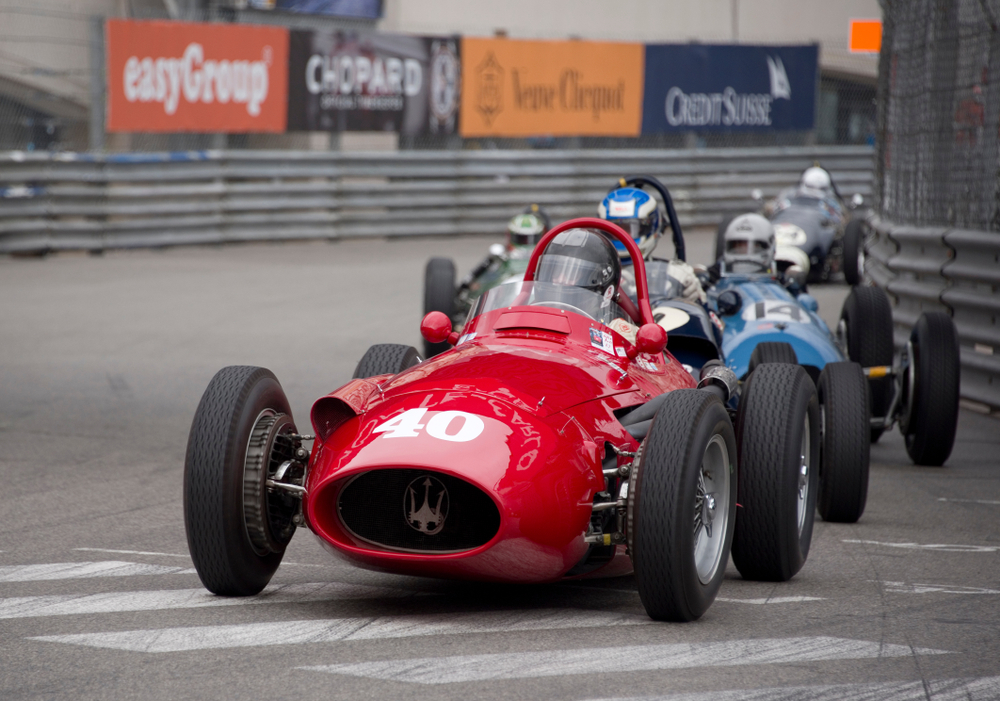
The Maserati 250F is a car that dominated Formula 1 in the 1950s, but it’s often overshadowed by other racing legends. Powered by a 2.5-liter inline-six engine, the 250F was incredibly successful, with Juan Manuel Fangio winning two World Championships behind its wheel. Its combination of power, balance, and reliability made it a winner on the track, yet it remains underappreciated compared to other F1 icons.
Triumph TR4
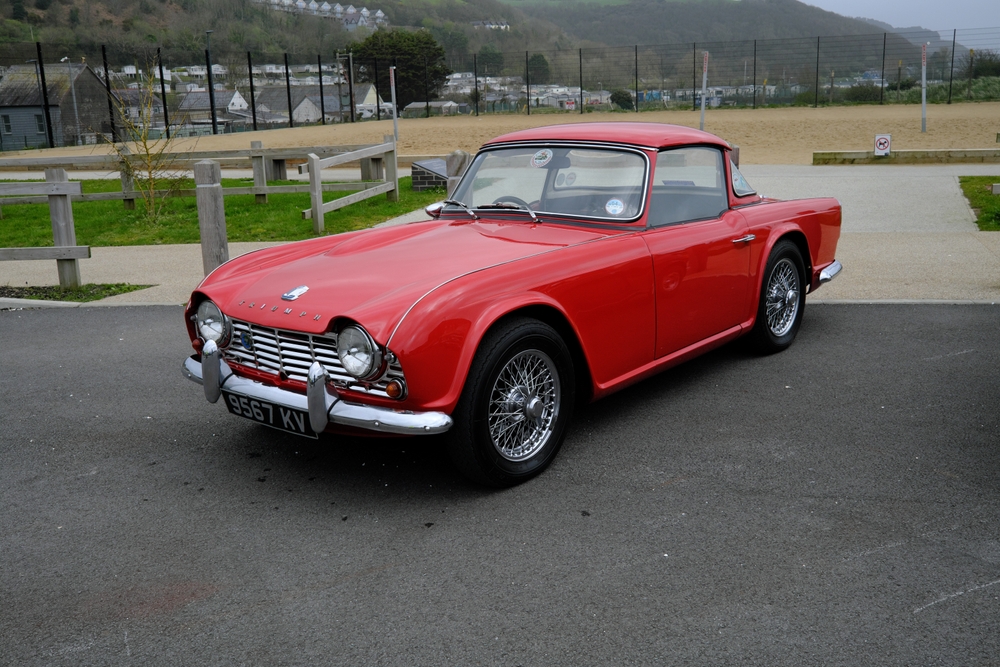
The Triumph TR4 was a versatile sports car that made its mark in rallying and endurance racing. With a 2.1-liter inline-four engine, it produced around 100 horsepower, which, combined with its robust chassis, made it a competitive car in its class. The TR4’s success in events like the Monte Carlo Rally and the 12 Hours of Sebring demonstrated its racing pedigree, even if it’s often overlooked in favor of more glamorous cars.
Austin-Healey 3000
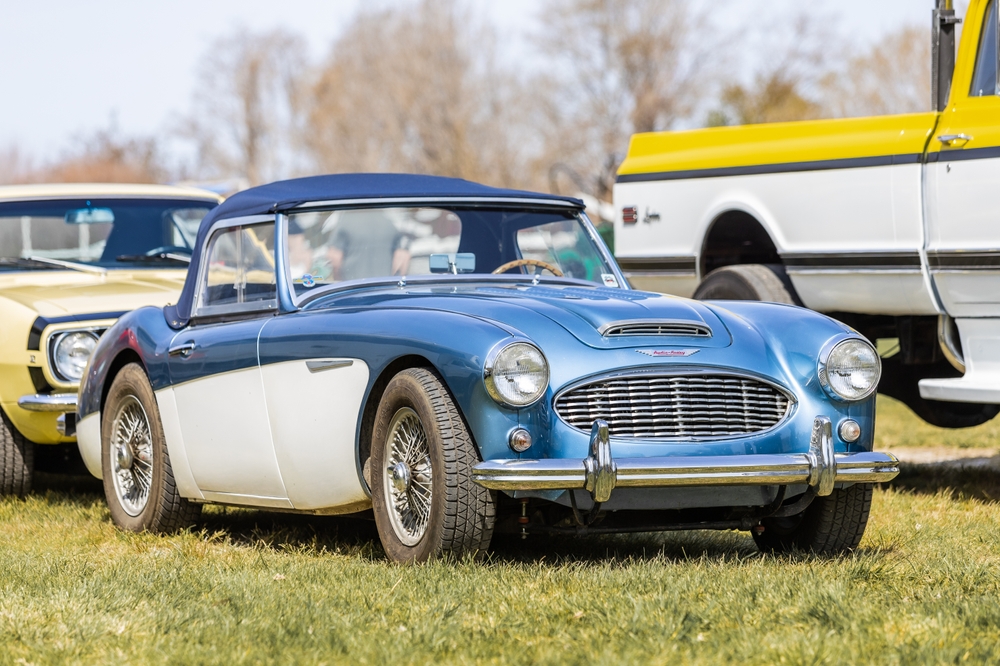
The Austin-Healey 3000 was a British roadster with a reputation for speed and reliability. Its 3.0-liter inline-six engine produced around 150 horsepower, making it a strong performer in rally and endurance racing. The 3000’s successes, including victories at the Alpine Rally and the Liège-Rome-Liège Rally, cement its place in racing history, though it’s often overshadowed by other British sports cars of the era.
Alpine A110

The Alpine A110 was a lightweight, rear-engined sports car that excelled in rally racing. Its small 1.6-liter engine might not seem impressive, but the car’s light weight and excellent handling made it a formidable competitor. The A110’s victory in the inaugural World Rally Championship in 1973 proved its capabilities, though it remains less celebrated than some of its contemporaries.
Jaguar XJR-9
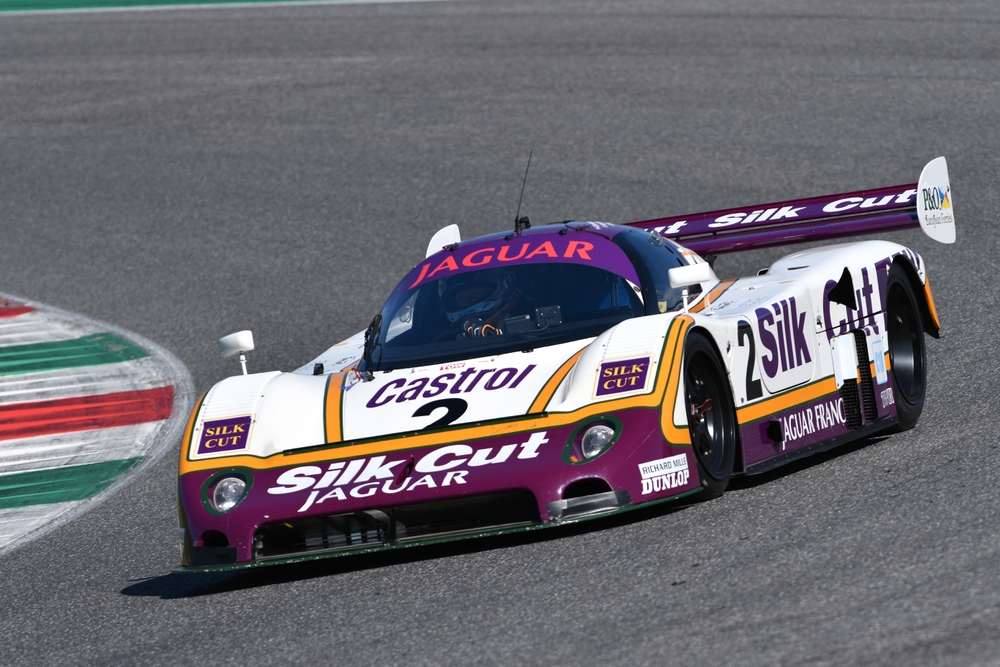
The Jaguar XJR-9 was a Group C sports prototype that dominated endurance racing in the late 1980s. Powered by a 7.0-liter V12 engine producing 750 horsepower, it won the 1988 24 Hours of Le Mans and the World Sports Car Championship. Despite its success, the XJR-9 often gets overshadowed by other Le Mans winners, making it an underrated piece of racing history.
Mercedes-Benz 300SLR
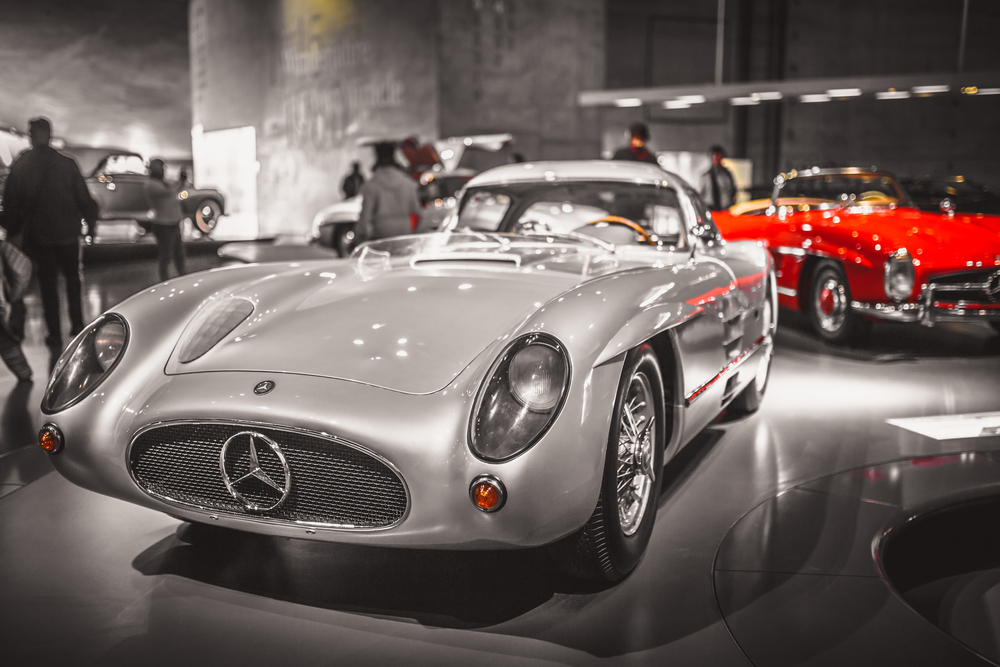
The Mercedes-Benz 300SLR is most famous for its tragic crash at Le Mans in 1955, but it was also one of the most successful race cars of its time. With a 3.0-liter inline-eight engine producing 302 horsepower, the 300SLR won multiple races, including the Mille Miglia, with Stirling Moss behind the wheel. Its performance and engineering were groundbreaking, yet it’s often remembered more for its association with the Le Mans disaster than its racing prowess.
Ferrari 250 LM

The Ferrari 250 LM was the last Ferrari to win the 24 Hours of Le Mans outright, but it’s often overlooked in favor of the more famous 250 GTO. Powered by a 3.3-liter V12 engine, it produced 320 horsepower and featured a mid-engine layout that was ahead of its time. Despite its success at Le Mans and other endurance races, the 250 LM never achieved the same iconic status as its sibling, making it an underrated but highly accomplished racer.
Matra MS670
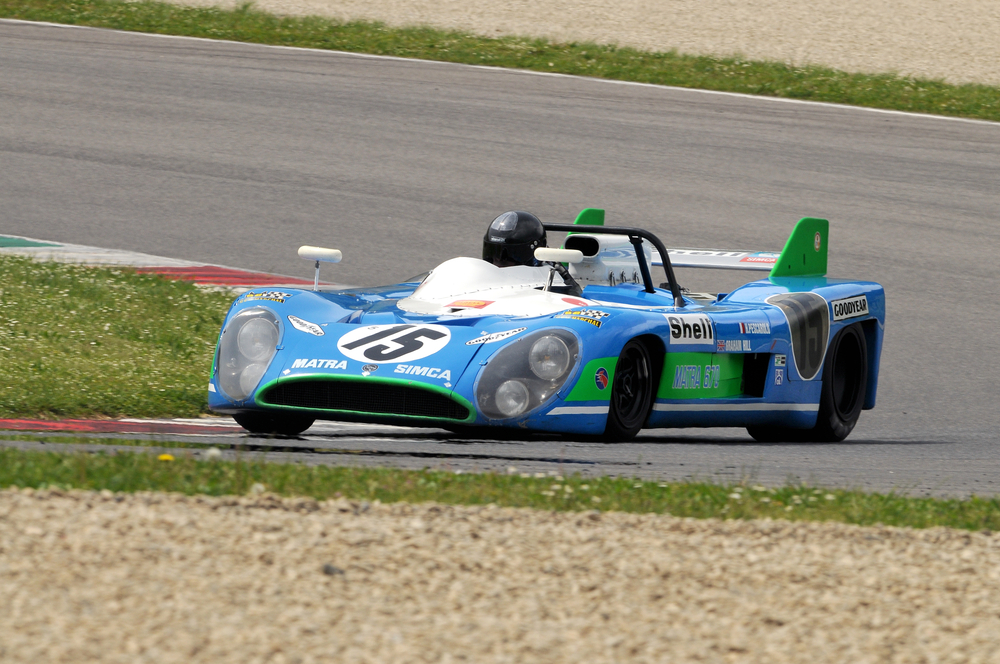
The Matra MS670 was a French prototype sports car that achieved great success in the early 1970s. With a 3.0-liter V12 engine, it won the 24 Hours of Le Mans three consecutive times from 1972 to 1974. Despite this, the MS670 often flies under the radar compared to other Le Mans winners. Its dominance in endurance racing and advanced engineering make it a truly underrated race car.
Rover-BRM Gas Turbine
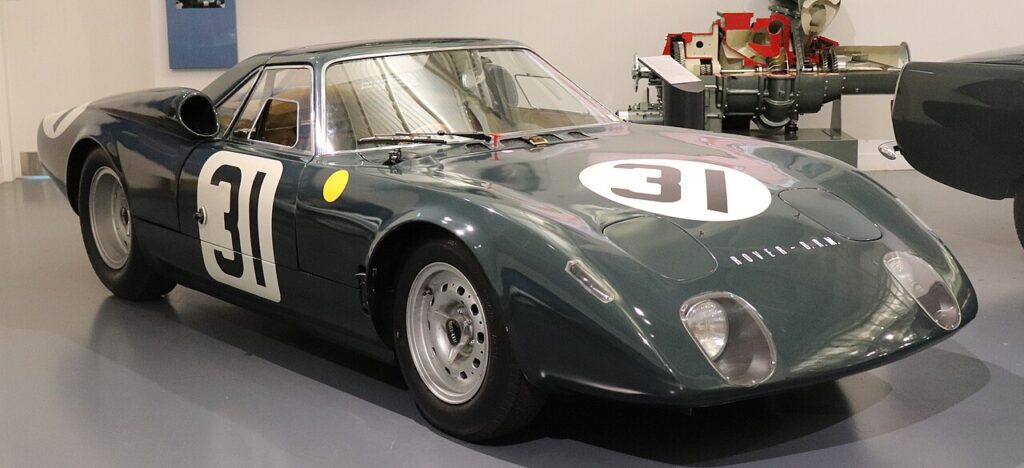
The Rover-BRM Gas Turbine was a groundbreaking car that featured a turbine engine instead of a traditional internal combustion engine. While it didn’t achieve many outright wins, it demonstrated the potential of alternative powertrains in endurance racing, finishing 10th overall at the 1965 24 Hours of Le Mans. The Rover-BRM remains a fascinating and underrated chapter in motorsport history, representing a bold experiment in racing technology.
Nissan R382
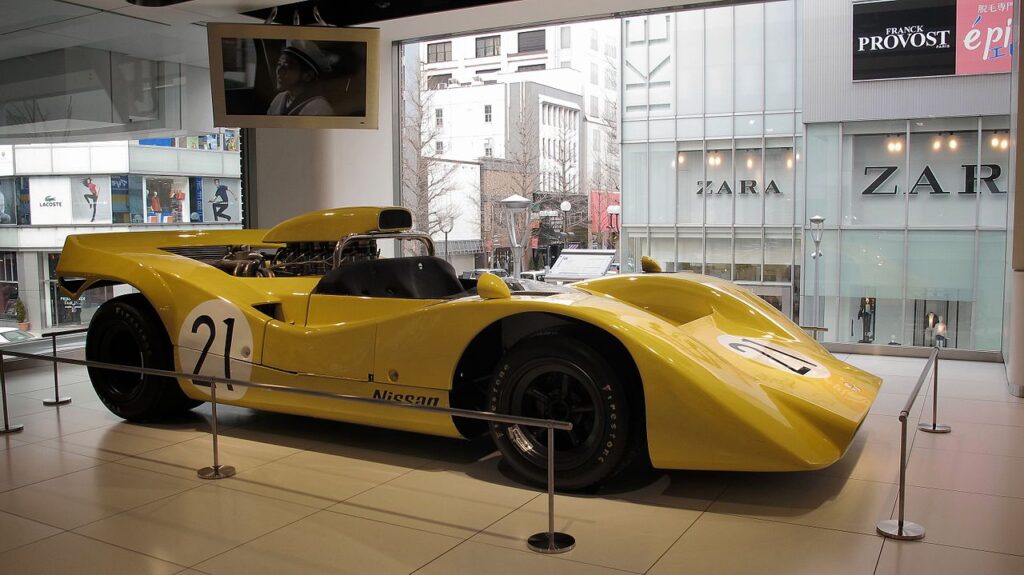
The Nissan R382 was a Japanese sports prototype that competed in the Japanese Grand Prix, where it dominated the competition. With a 6.0-liter V12 engine producing 600 horsepower, it was a powerful and reliable racer. The R382’s success in Japan, including a victory in the 1969 Japanese Grand Prix, showcased Nissan’s engineering prowess, though it remains relatively unknown outside of Japan.
Lola T70
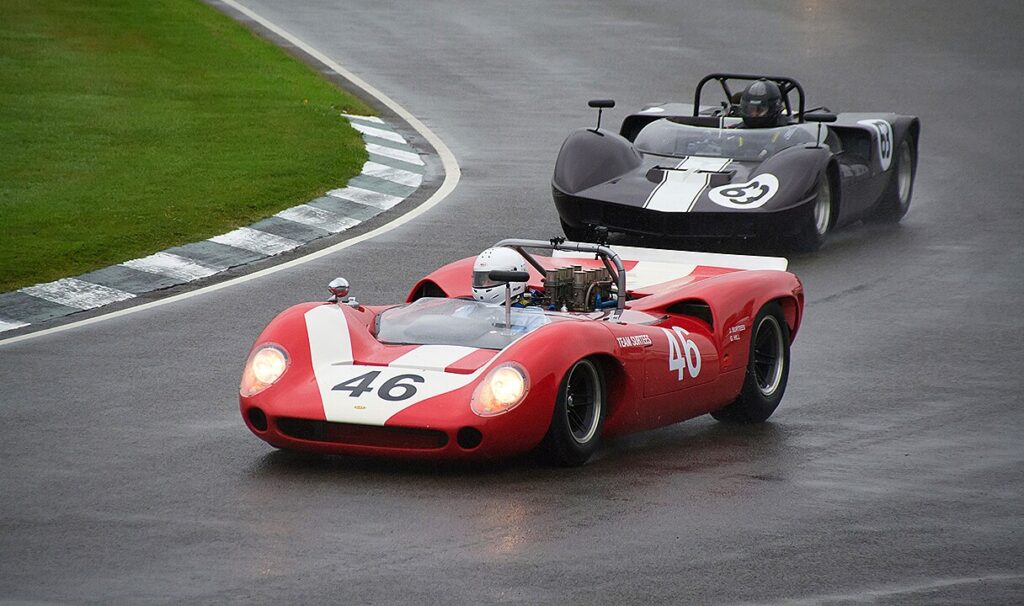
The Lola T70 was a versatile race car that competed in both Group 7 and Group 5 categories. Powered by a variety of engines, including Chevrolet V8s, the T70 was fast and reliable, achieving significant success in endurance racing, including victories at the 24 Hours of Daytona and the 12 Hours of Sebring. Despite its achievements, the T70 is often overlooked in favor of more famous endurance racers, making it a true underdog.
AC Ace Bristol
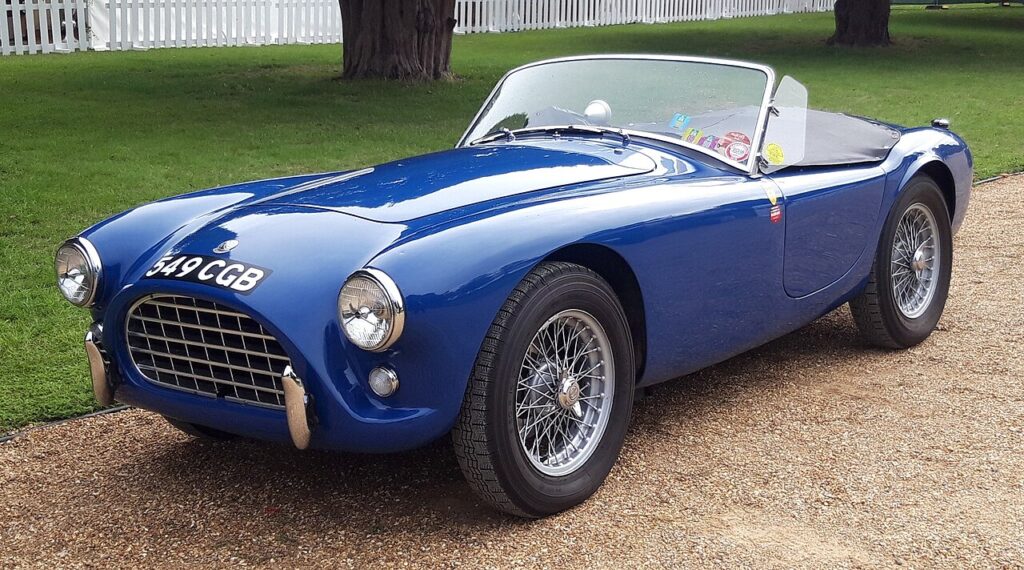
The AC Ace Bristol is the car that eventually evolved into the iconic Shelby Cobra, but its racing pedigree is often forgotten. Powered by a 2.0-liter inline-six engine, the Ace Bristol was a lightweight and agile racer that achieved numerous class wins in events like the 24 Hours of Le Mans and the Mille Miglia. Its success laid the groundwork for the Cobra’s legendary status, yet it remains underappreciated in its own right.
Plymouth Superbird
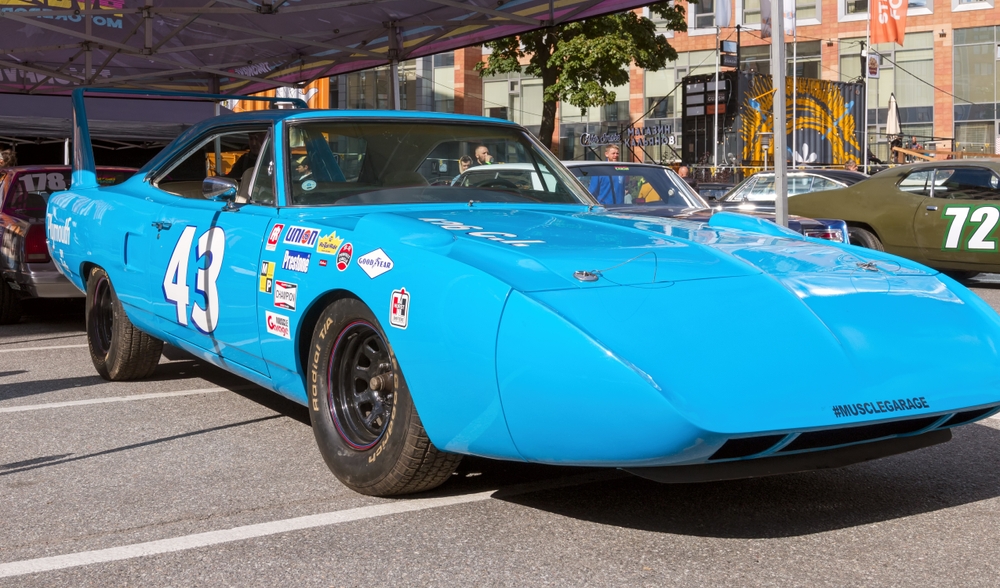
The Plymouth Superbird was a NASCAR homologation special that dominated the track with its aerodynamic design and powerful 7.0-liter Hemi V8 engine. Its distinctive nose cone and rear wing were designed for high-speed stability, giving it a significant advantage in NASCAR races. Despite its success, including multiple wins with Richard Petty behind the wheel, the Superbird is often overshadowed by other muscle cars of the era, making it an underrated but highly effective race car.
This article originally appeared in MyCarMakesNoise.
More from MyCarMakesNoise
16 Mistakes to Avoid When Parking Your Car

Parking your car might seem like a straightforward task, but even experienced drivers can make mistakes that lead to unnecessary hassles or damage. Whether it’s a small scratch, a ticket, or even a tow, these errors can be costly and frustrating. Read More
15 Prestige Cars Popular Among Wealthy Americans and Their Prices

Wealthy Americans often pick cars that are not only luxurious and fast but also equipped with the latest technology. In this look at some of their top choices, we’ll find out why these cars are favorites and how much they cost. Read More
16 Fun Facts You Didn`t Know About the Jeep Wrangler

The Jeep Wrangler is an icon in the world of off-roading and adventure. Its rugged design and unparalleled performance have made it a favorite among enthusiasts and everyday drivers alike. Read More


